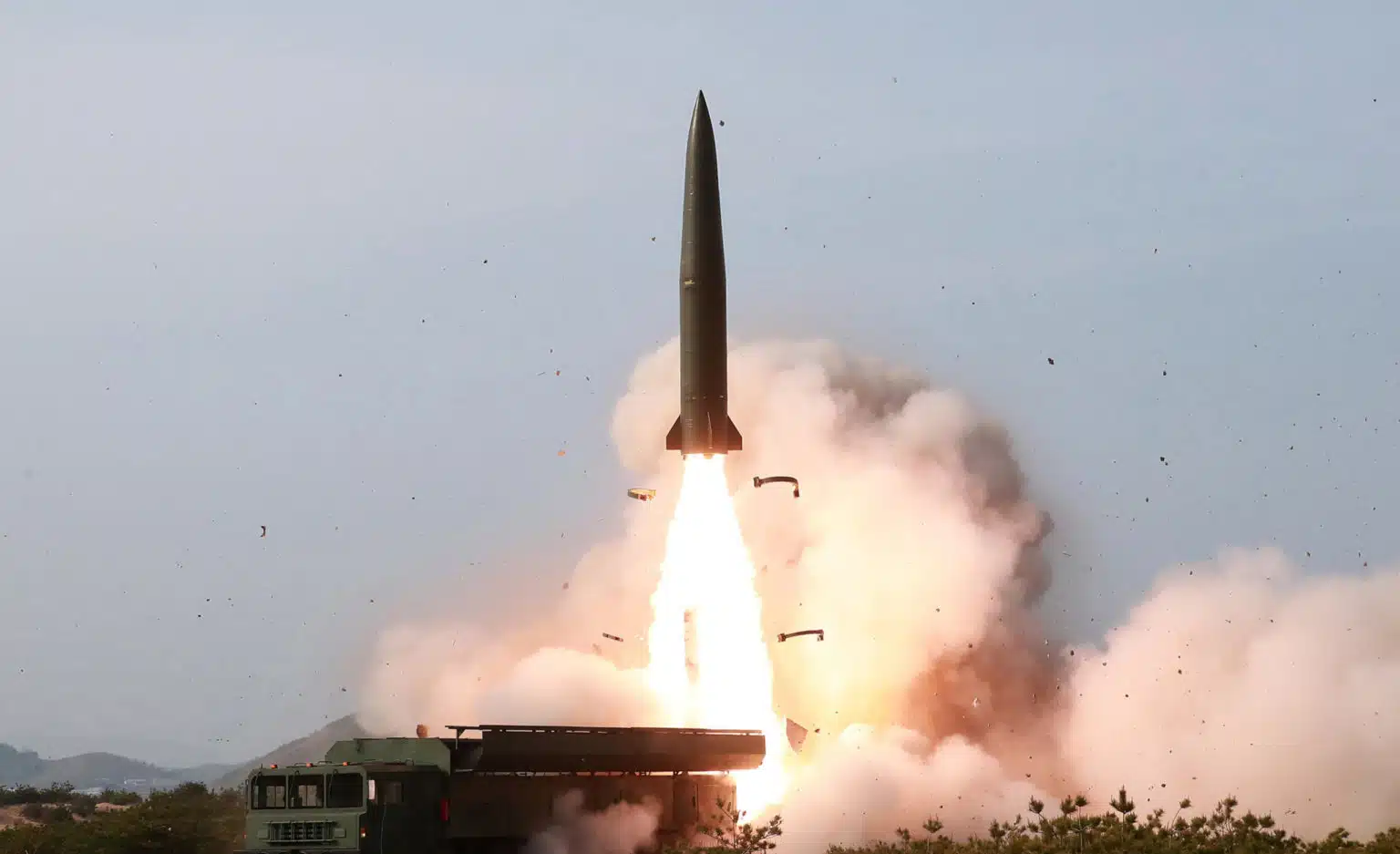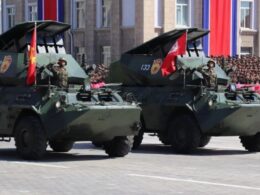Among six ballistic missiles Russia launched against Ukraine on the morning of 15 February, there might have been a Korean KN-23 missile, according to the report about the downed missile by Ukraine’s Air Forces.
Facing a shortage of domestically produced ammunition and restricted access to global markets, Russia has turned to North Korea for help to wage the war in Ukraine. Intelligence officials from US-allied countries said recently that Moscow may be trying to help Pyongyang with access to the international financial system in exchange for missiles and ammunition.
The spokesman for Ukraine's Air Force, Yuriy Ihnat, said that the Russian military often uses ballistic missiles. However, such ballistics need more countermeasures.
Ukrainian military analysts have argued that North Korea's KN-23 resembles the Russian Iskander. However, it has some advantages. In particular, the launch weight of the KN-23 is 3.4 tons, which is 400 kg less than the 9M723 missile of the Iskander complex. The warhead of the KN-23 is 500 kg, and its confirmed launch range is 690 km (or 190 km more than the Iskander).
On the morning of 15 February, Russia attacked
Ukraine with cruise missiles from Tu-95 strategic bombers based in Engels, Saratov Oblast, Russia, and sea-launched missiles from the Black Sea.
Ukraine's Air Forces reported shooting down 13 out of 26 incoming Russian missiles.
Russia targeted Kyiv, Lviv, Zaporizhzhia, Khmelnytskyi, Poltava, and Dnipropetrovsk oblasts, causing damage to civilian infrastructure, warehouses, and educational institutions. According to local authorities, 11 people were injured in Lviv, Zaporizhzhia, and Khmelnytskyi oblasts.
Read also:
- Analyst: Russian oil money turning North Korea into “ideal military factory”
- FT: Hungary stalls approval of EU’s latest Russia sanctions
- Russia deploys more troops to Orikhiv direction than to Avdiivka, plans an offensive





